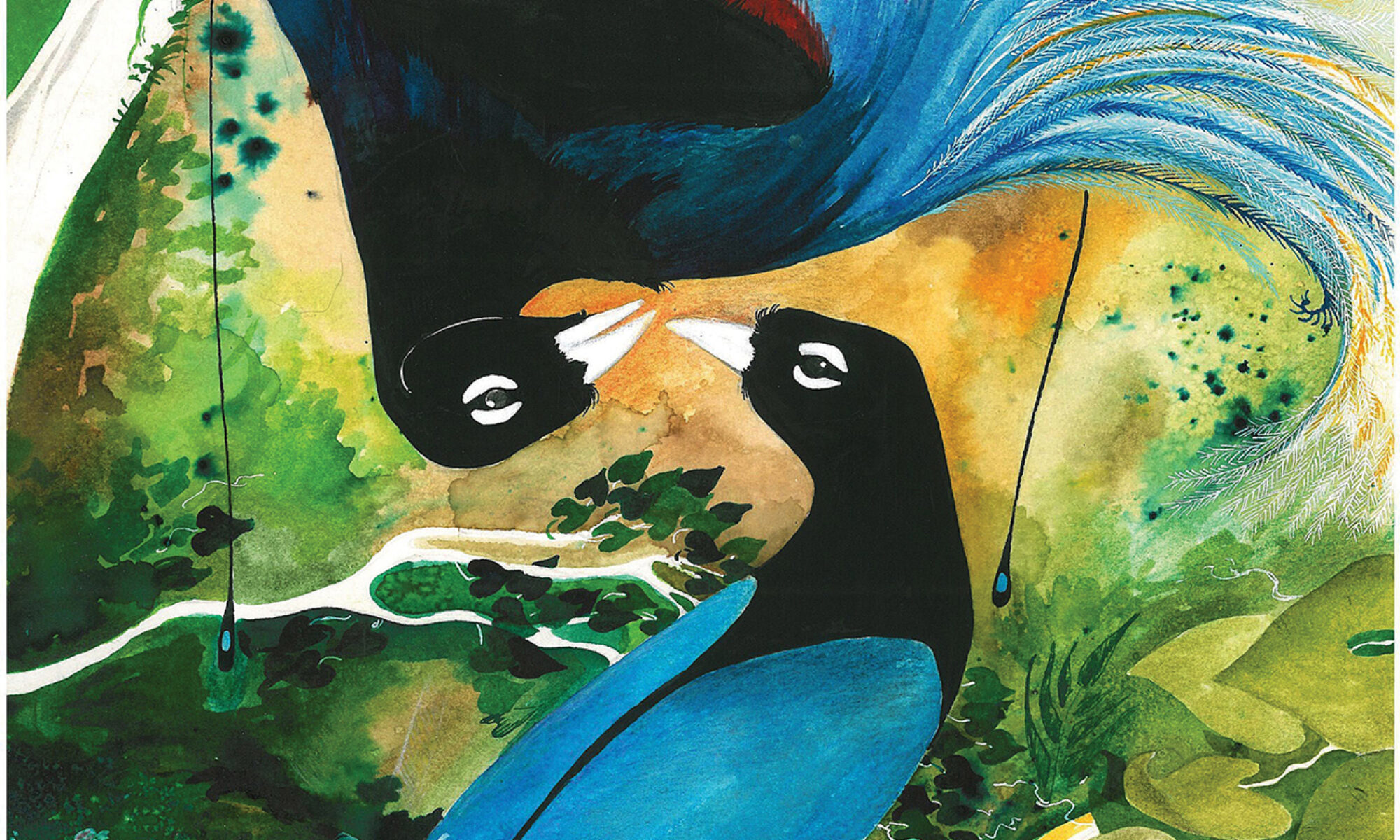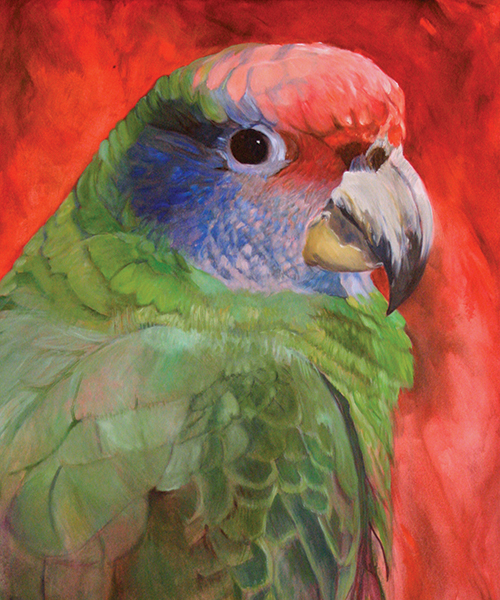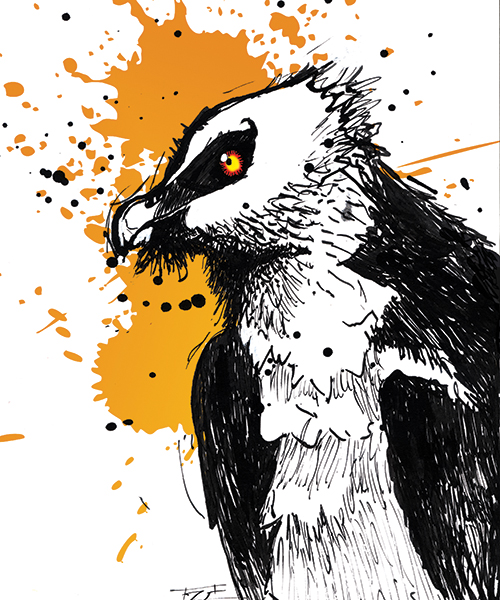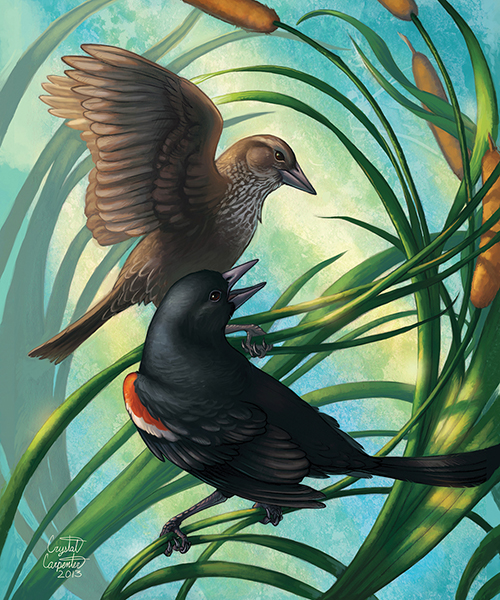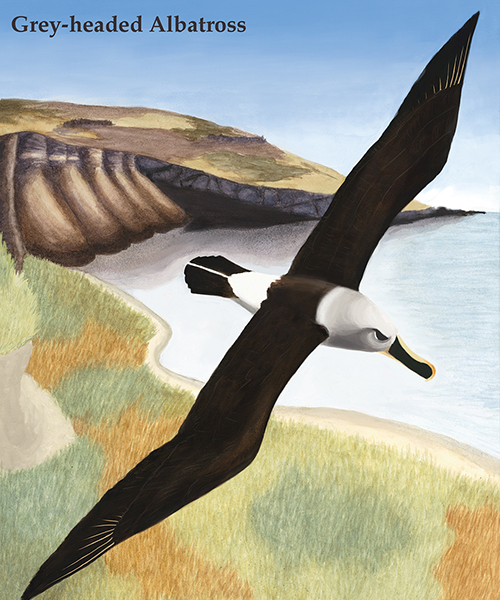There are many organizations helping to protect endangered species around the world. BirdLife International is a wonderful resource that can help you to find programs aimed at helping species in your area and around the world.
You may even be able to volunteer! One way you can volunteer is to help scientists out. You do not have to be a scientist yourself to help with research projects aimed at helping wildlife and the environment.
If you don’t have time to volunteer, a donation can be a big help to conservation programs and organizations. (A caveat: always do your research before you donate money to any organization! You want to be sure your money will be put to good use.)
You can make a big difference in small ways every day.
Excerpt from Losing Altitude, by Arras Wiedorn.
Artwork by Kitty Harvill, AFC.
